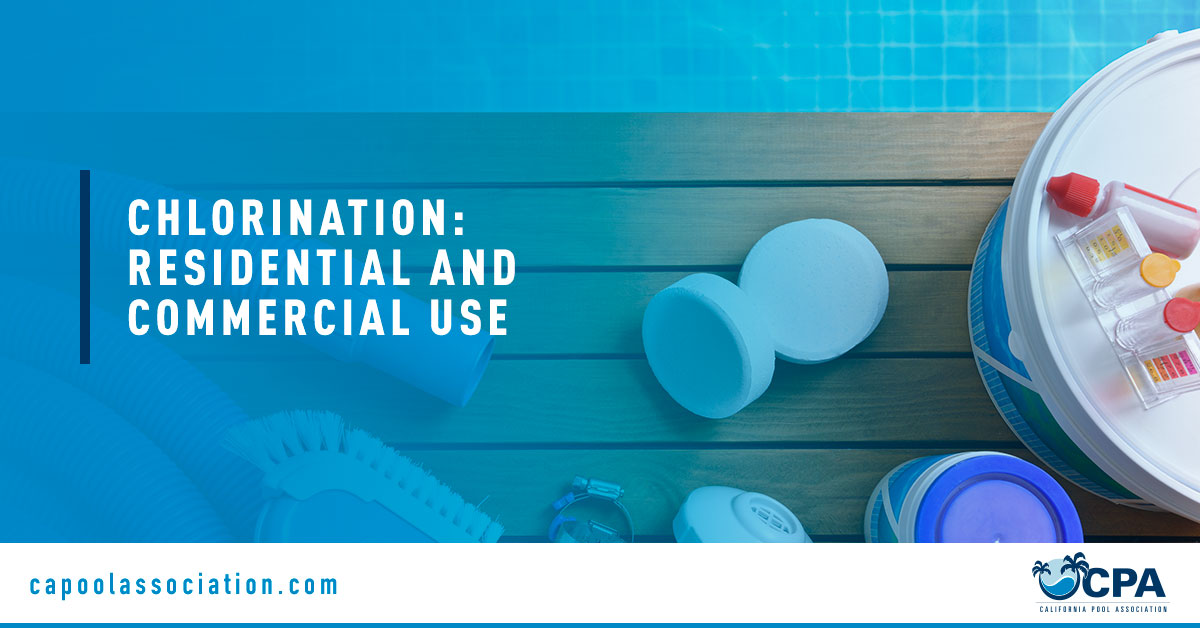
Tablet supply is better than it was in 2021–2023, but pockets of the U.S.—especially parts of the Southwest—still report tight or intermittent availability of trichlor (and some dichlor) due to lingering supply chain fragility and plant incidents. A 2024 fire at a Georgia facility added fresh uncertainty even as rebuilt capacity in Louisiana came online in 2022. Prices for liquid chlorine have been comparatively stable in early 2025, so many operators have leaned more on liquid feed systems when tabs aren’t available.
Residential: Homeowners who rely on floaters for slow-release chlorination feel shortages first. Floaters are simple and reduce handling, but they’re imprecise and must be secured away from children and pets. Remove floaters during swim time. Never let tablets or large particles rest on plaster—they can stain or etch surfaces.
Commercial: Hotels, HOAs, gyms, schools, and municipal pools depend on consistent tablet supply for erosion feeders and automated systems. Where tabs are scarce or costly, facilities increase liquid feed capacity, optimize salt systems, and add secondary or supplemental treatment to keep water safe and clear.
Chlorine—kept in the right range with the right pH—kills most germs in minutes. Public health guidance typically targets at least 1 ppm free chlorine without cyanuric acid (CYA) and at least 2 ppm when CYA is used, with pH 7.0–7.8. Automated controllers help maintain those targets, log readings for compliance, and interlock feeds to prevent over-dosing when there’s no flow.
The CDC’s Model Aquatic Health Code (MAHC) 5th edition (2024) encourages automated controllers, proper sampling line placement, and documentation; many jurisdictions adopt some or all of MAHC over time.
Golden rule #1: Put tablet/chemical feeders downstream of heaters and install a corrosion-resistant check valve between the heater and feeder to stop backflow of acidic/chlorinated water that can damage heat exchangers.
Golden rule #2: Interlock chemical feed to system flow (flow or pressure switch). Controllers and pumps should never feed into stagnant lines.
Golden rule #3: Respect pressure. Tablet feeders can hold pressure and release concentrated fumes and solution when opened—depressurize and follow the manual.
Golden rule #4: Mind chemical compatibility. Never mix different chlorinating products or chlorine with acid. Store chemicals separately, dry, cool, and locked. Keep Safety Data Sheets (SDS) accessible to staff.
CYA watch-outs: Trichlor and dichlor add stabilizer (CYA). High CYA slows chlorine’s kill rate. Many states cap CYA (often ≤100 ppm), and guidance discourages CYA in spas/indoors. Track CYA and adjust free chlorine accordingly.
MAHC (CDC): The 5th edition (2024) emphasizes automated controllers with interlocks, sampling before injection points, and clear record-keeping. It’s a model code that jurisdictions adopt in whole or in part.
California (Title 22): Requires operation of disinfectant/chemical feeders when the pool is open and daily testing/logging (with limited allowances for certain small HOAs).
Texas: Public pool rules reference NSF/ANSI 50 and require controller-based adjustment of disinfectant and pH (manually or automatically) along with specific logging frequencies.
Florida: Spa pools require automated ORP/pH controllers; public pools have detailed Department of Health rules that work alongside the building code.
Fewer incidents = better underwriting. Pool chemical injuries send thousands to U.S. emergency departments annually, with many cases involving children. Documented training, SDS access, interlocked feeders, and daily logs reduce loss frequency and severity—improving your risk profile for General Liability, Property, and Workers’ Comp.
Supply shocks increase error risk. When operators switch products (e.g., tabs to liquid), mistakes can happen (wrong concentration, mixing, or dosing without flow). Carriers increasingly ask for: (1) written chemical SOPs, (2) training records, (3) proof of controller calibration/maintenance, and (4) incident logs. Aligning with MAHC/Title 22/Texas/Florida rules and manufacturer manuals shows strong control of hazard and can support more favorable terms.
Are trichlor tablets acidic? Will they affect pH?
Yes. A 1% trichloroisocyanuric acid (TCCA) solution is typically pH ~2.7–3.3, so tabs tend to push pH down. Plan your pH control accordingly.
Is liquid chlorine “high pH”?
Correct. Commercial 10–12.5% sodium hypochlorite solutions are strongly alkaline (around pH 12+). Balance your acid feed and controller setpoints to keep pH 7.0–7.8.
Do states require automated chemical controllers?
Many do for certain venues (for example, Texas and Florida have specific requirements), and the CDC’s MAHC 5th edition encourages automated control with interlocks. Always check your local code.
Should we use floaters during open swim?
No. Remove floaters when swimmers are present and secure them away from children and pets.